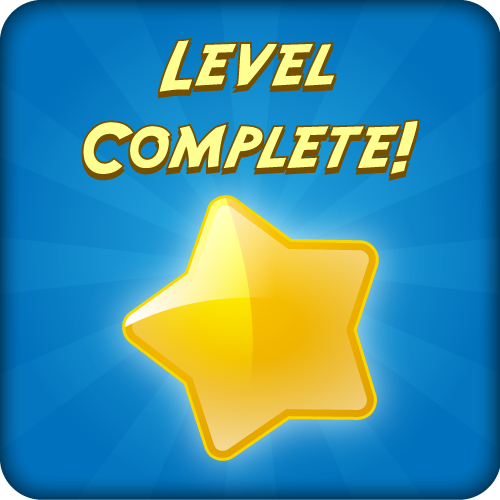And, in a way, you're right. I had to stop for the best part of a week because something just snapped...
It was early in a practice session. I was strumming along to Love Me Do, hardly the most arduous of songs ever - not even the most arduous of Beatles songs I'm trying to play - when I heard a twang. One of my strings - my high E and the thinnest of the six strings - had snapped.
This was not a major problem. The guitar pack I'd got for Christmas came with a complete set of spare strings. All I had to do was untangle them (not that easy as it turned out), find a video guide on how to restring a guitar and do that. Simple.
| Don't do it Dougal! |
Turns out there are a variety of ways to do this but I found one for dummies, appropriately, and followed that. Everything seemed to be going to plan, however like Dougal in Father Ted when he is told not to press the big red button I couldn't help myself. I decided to tighten it once more just to be sure when... TWANG!| Me about five seconds after the replacement string broke |
Now it was time to panic. I had no more spare strings - but this wasn't the biggest problem. I had no idea what size of strings my guitar used.I first thought this was a bit like getting new tyres fitted. You go to the garage and you have specific details of the tyres your wheel will take. You can't just fit any old tyre - or any old string. However, it's more like changing a lightbulb. There's a variety of types and they'll all work, however it's best to replace like for like.
This still didn't solve my problem. I didn't know what string size my guitars came with. There was no sign of it on the box and no sign on the web. This did not bode well so I did what can at times be a questionable thing to do in an emergency. I asked on Twitter.
Thankfully, this seemed to be the right thing on this occasion - kind of. According to Andy Crowley (@andyguitarleeds), whose website I had been using and have mentioned in previous posts, it came with gauge 10s but as a beginner it would be better with gauge nines. James Shipway (@JamesShipway1) agreed. This seemed a bit odd as surely I'd need to go through the arduous task of replacing them all, but I was assured I only needed to replace the broken one. Grand.I won't bore you with the details of ordering new strings as this blog post is already dull enough, however I managed to order a job lot of high Es rather than a whole set of new strings. This way I wasn't in immediate trouble if they broke again when I was replacing them.
This time I seemed to have got it right. I fitted the string and began to practice. All my two chord songs seemed fine, as did my three chord ones when I was using a capo - which I thought might have been the problem before. After a bad day at work playing along to Chasing Cars by Snow Patrol seemed to be a great stress release as it involves a lot of strumming. Everything seemed fine.
| The car chase from Bullitt. As opposed to Chasing cars from Snow Patrol. |
Although it's almost half-time in the football again...


